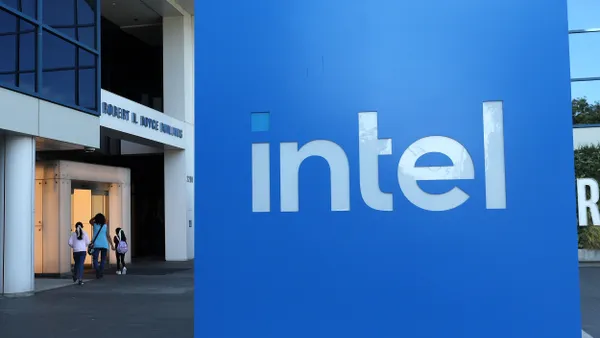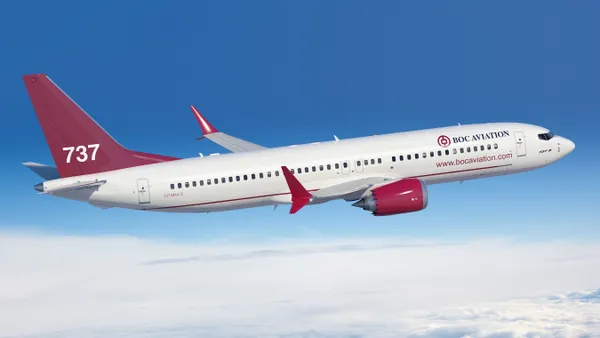Boeing bled approximately $6.2 billion in cash in Q3 amid the ongoing strike at its West Coast facilities, now in its second month.
The company’s losses for 2024 are mounting as its factories sit idle. As of Sept. 30, losses totaled approximately $8 billion, a 260% year-over-year spike, according to the earnings release.
The aircraft maker’s Q3 revenue fell 1% YOY, down to $17.8 billion, primarily driven by lower commercial wide-body deliveries as well as the strike-induced work stoppage, EVP and CFO Brian West said during a Wednesday earnings call.
As of Sept. 30, total revenue for Boeing’s year totaled approximately $51.3 billion, an 8% decline compared to $55.8 billion YOY. Operating losses for the first nine months of the year were $1.3 billion.
However, the company may see further losses in the Q4. Boeing workers in the International Association of Machinists and Aerospace Workers District 751 and W24 voted to reject the company’s revised offer Wednesday night, prolonging the strike.
Strike impeding production goals
Prior to the strike, Boeing was on its way to achieving its goal of producing 38 planes a month by year’s end.
That goal will now take longer to achieve due to the IAM work stoppage, West said.
“Given the strike and our need to conserve cash, we've made near-term adjustments to broadly stop supplier shipments,” West said in his remarks. “We continue to manage supplier by supplier based on inventory levels, and for certain suppliers, this will allow them to catch up. We maintain our objective to position the supply chain to support our ramp post-strike.”
The company’s previously announced plans to shutter its 787 and 737 shadow factories, which address production quality issues, have also been extended to next year. The plane maker will delay its first 777-9 plane delivery to 2026 and 777-8 freighter to 2028, as well as end its 767 freighter production in 2027.
Boeing is cutting costs across the company in a bid to preserve cash. The company announced plans last week to cut 10% of its workforce, roughly 17,000 workers.
The company also signed a $10 billion credit agreement on Oct. 14, according to a securities filing, and is looking to sell up to $25 billion of stock, per another securities filing.
Boeing is feeling the impact of the strike down its supply chain, too.
“We've got the supply chain right now that we've turned off in many cases, so I'm anticipating we're probably going to have a little bumpy return from the supply chain,” President and CEO Kelly Ortberg told analysts. “We've tried to manage that as best we could and keep folks like Spirit, for example, on fuselage, keep them funded and moving forward.”
Fuselage supplier Spirit AeroSystems said it was implementing a 21-day furlough for 700 employees at its facility in Wichita, Kansas, starting Oct. 28. The company may take additional actions if the strike between Boeing and IAM extends past Thanksgiving.
On Monday, the Aerospace Industries Association sent a letter to President Joe Biden expressing concerns over how the strike is affecting the aerospace supply chain and could lead to broader layoffs. Acting Labor Secretary Julie Su met with IAM and Boeing officials last week to assist with the negotiations.
Ortberg set on restoring Boeing
Ortberg acknowledged Boeing’s damaged reputation and financial strain in his opening remarks during the earnings call, his first with the company.
“My mission here is pretty straightforward,” Ortberg said. “Turn this big ship in the right direction and restore Boeing to the leadership position that we all know and want.”
Ortberg shared his vision for changing Boeing's culture and stabilizing the business. That includes retraining and recertifying for workers who didn’t get enough time to work on the planes before the strike began Sept. 13.
“This is a big ship that will take some time to turn, but when it does, it has the capacity to be great again," Ortberg said.
Editor’s note: This story was updated to reflect that the union rejected Boeing's contract offer on Oct. 23.












